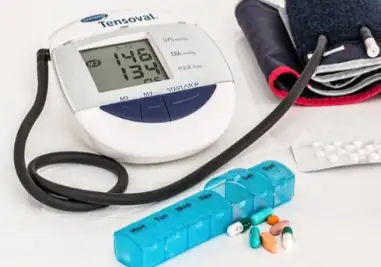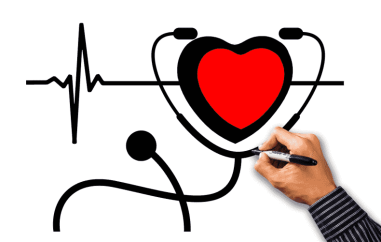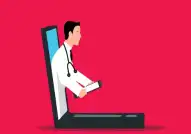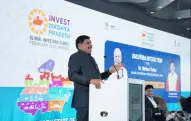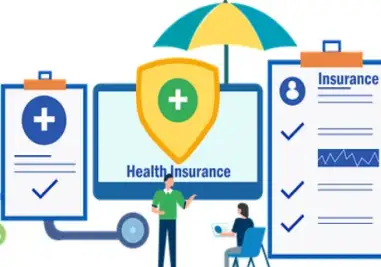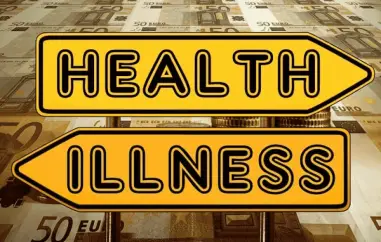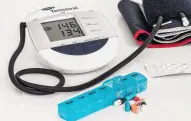The Power of Prevention: Investing in Your Long-Term Health
 In a world where healthcare often revolves around treating illnesses and managing symptoms, the concept of prevention is a powerful yet often overlooked tool for maintaining long-term health and well-being. From simple lifestyle changes to proactive screening and early intervention, investing in prevention can yield significant dividends for individuals and communities alike.
In a world where healthcare often revolves around treating illnesses and managing symptoms, the concept of prevention is a powerful yet often overlooked tool for maintaining long-term health and well-being. From simple lifestyle changes to proactive screening and early intervention, investing in prevention can yield significant dividends for individuals and communities alike.
Preventive care encompasses a wide range of interventions aimed at identifying and mitigating risk factors for disease before they manifest into serious health issues. This proactive approach to health management not only saves lives but also reduces healthcare costs, improves quality of life, and alleviates the burden on healthcare systems.
Regular check-ups, screenings, and vaccinations are cornerstones of preventive care, enabling healthcare providers to detect and address potential health concerns early on. By identifying risk factors such as high blood pressure, elevated cholesterol levels, or abnormal blood sugar levels, individuals can take proactive steps to mitigate their risk of developing chronic conditions such as heart disease, diabetes, and certain types of cancer.
Empowering individuals to take charge of their health is fundamental to the success of preventive care initiatives. Education plays a crucial role in raising awareness about the importance of healthy lifestyle choices, early detection, and disease prevention strategies.
Encouraging regular physical activity, maintaining a balanced diet, managing stress, getting an adequate amount of sleep, and avoiding tobacco and excessive alcohol consumption are all key components of a healthy lifestyle. Additionally, staying up to date with recommended screenings and immunizations can help individuals stay ahead of potential health risks and maintain optimal health.
Healthcare providers play a pivotal role in promoting preventive care and supporting patients in their journey towards better health. By fostering open and collaborative relationships with patients, providers can encourage regular health screenings, facilitate discussions about risk factors and lifestyle modifications, and provide guidance on preventive interventions.
Moreover, leveraging technology and data analytics can enhance the delivery of preventive care by identifying at-risk populations, tracking health outcomes, and tailoring interventions to individual needs. Telehealth platforms, mobile health apps, and wearable devices offer innovative solutions for engaging patients, monitoring health metrics, and promoting healthy behaviors in real-time.
Community-based approaches to prevention are also instrumental in promoting population health and addressing health disparities. Public health initiatives, community health fairs, and grassroots advocacy efforts can raise awareness about preventive care, provide access to screening services, and promote health education and outreach in underserved communities.
Moreover, partnerships between healthcare providers, community organizations, and local government agencies can facilitate the development of targeted interventions aimed at addressing specific health needs and promoting healthy behaviors at the grassroots level. By fostering collaboration and building coalitions, communities can create environments that support and promote preventive care for all.
Investing in prevention is not only a moral imperative but also a sound economic strategy. Numerous studies have demonstrated that every dollar spent on preventive care yields substantial returns on investment in the form of reduced healthcare costs, increased productivity, and improved quality of life.
By prioritizing preventive care and investing in initiatives that promote health and wellness, individuals, communities, and societies can reap the benefits of better health outcomes, lower healthcare costs, and a higher standard of living for all. In an era where chronic diseases are on the rise and healthcare resources are increasingly strained, prevention offers a pathway to a healthier, more resilient future for generations to come.
Image by Fernando Zhiminaicela from Pixabay

